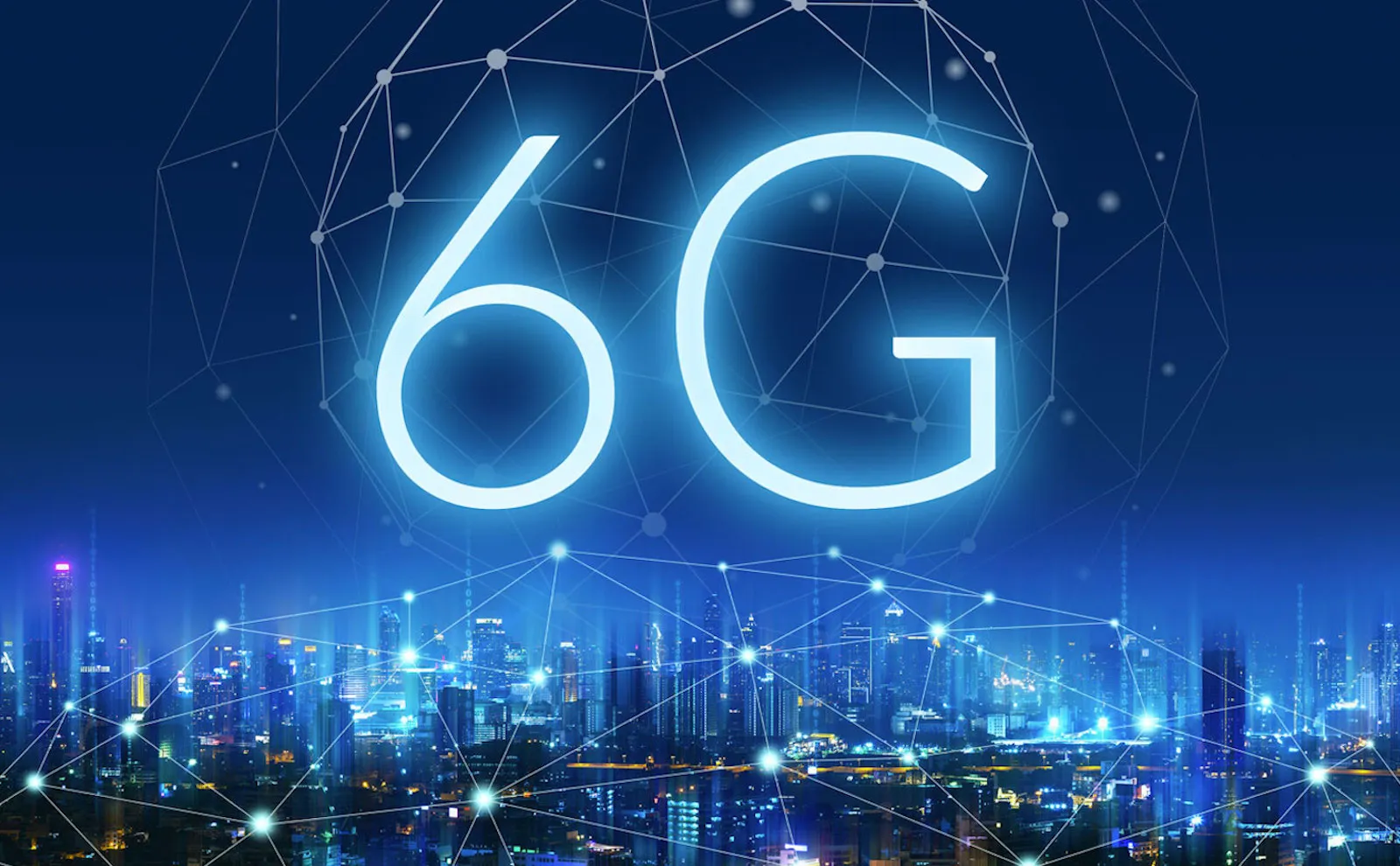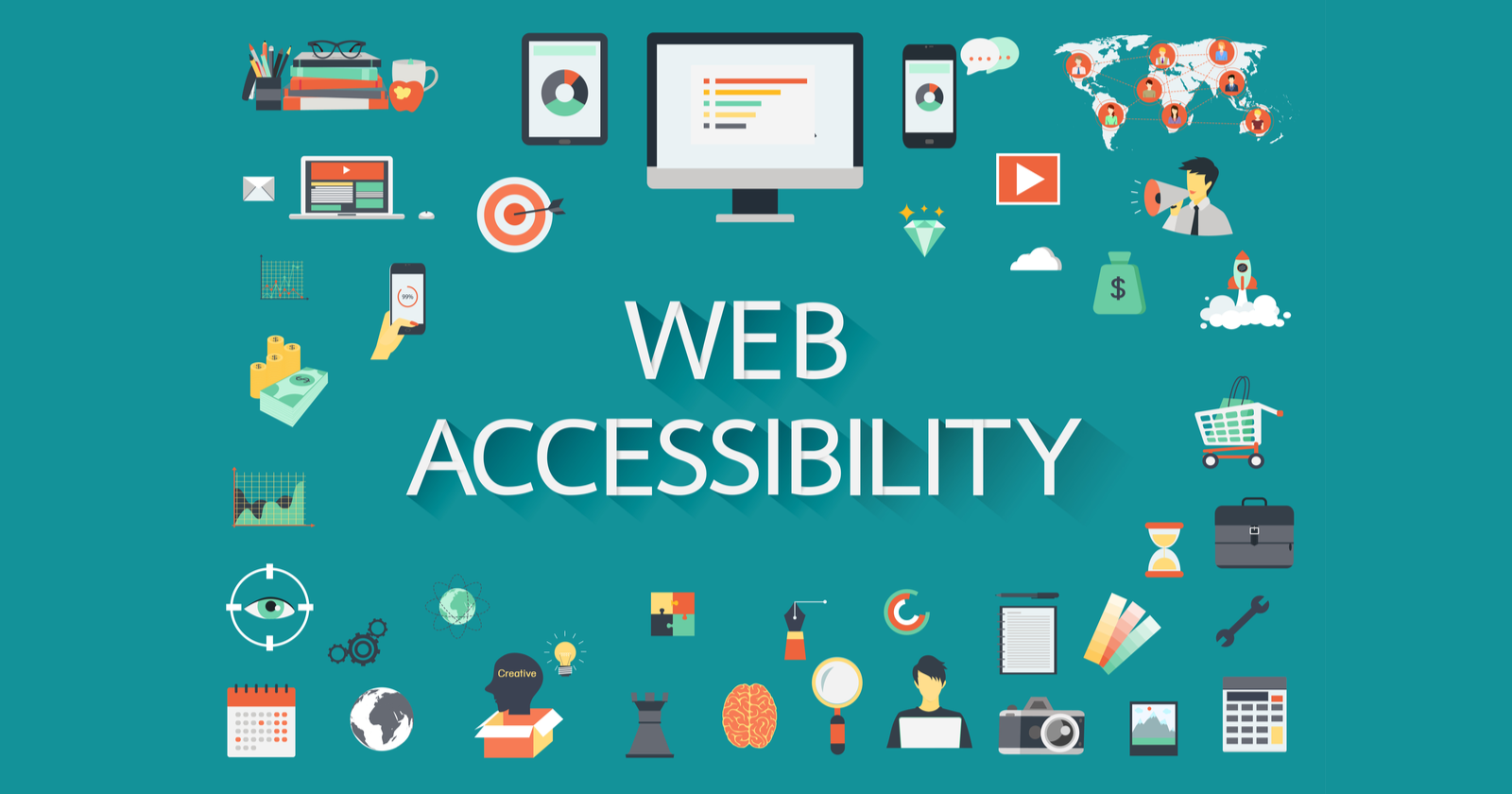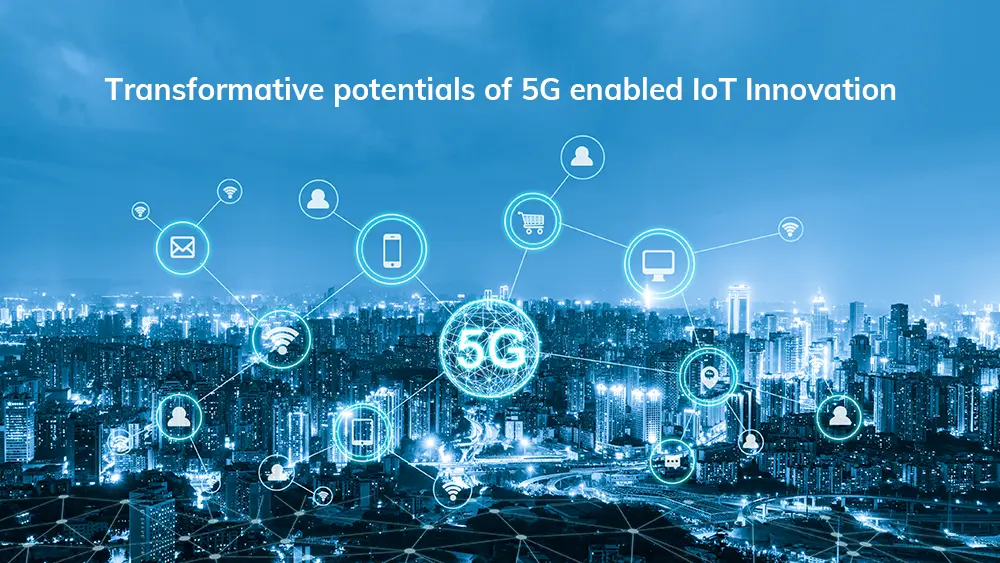justineanweiler.com – As the world continues to embrace the transformative power of 5G technology, there is already significant anticipation and research into what comes next: 6G. Though still in its early conceptual stages, 6G promises to revolutionize wireless communication with speeds, connectivity, and capabilities far beyond what we currently experience. But what exactly is 6G, and will we have this next-generation network in the near future? Let’s explore the potential of 6G, its expected features, and the timeline for its deployment.
1. What is 6G?
6G, or sixth-generation wireless technology, is the future of mobile networks that will succeed the current 5G networks. While 5G is just beginning to roll out worldwide, researchers are already imagining what 6G will look like. Expected to be operational by the 2030s, 6G will build on the advancements of 5G, offering faster speeds, lower latency, and broader connectivity for a more immersive and integrated digital experience.
- Unprecedented Speed: If 5G is already delivering impressive speeds of up to 10 Gbps, 6G could theoretically offer speeds of 1 terabit per second (Tbps). This would make tasks like downloading entire movies or high-resolution content instantaneous and enable real-time, high-fidelity holographic communication.
- Ultra-Low Latency: With 6G, latency could drop to under 1 millisecond, making communication nearly instantaneous. This will be crucial for applications requiring real-time responsiveness, such as autonomous driving, remote surgery, and large-scale IoT ecosystems.
2. Key Features and Potential of 6G
6G technology will not only enhance current applications but will also introduce new, groundbreaking use cases that 5G cannot fully support. Here are some key features that define the promise of 6G:
- AI-Driven Networks: 6G networks will likely be powered by artificial intelligence (AI) and machine learning, enabling them to self-optimize and adapt in real-time. This will lead to more efficient use of resources, less downtime, and improved network performance.
- Integration of the Physical and Digital Worlds: 6G will push the boundaries of extended reality (XR) technologies, such as virtual reality (VR) and augmented reality (AR). The massive bandwidth and low latency will allow these digital experiences to seamlessly integrate with the physical world, leading to fully immersive virtual environments and holographic communications.
- Internet of Everything (IoE): 6G will expand on the Internet of Things (IoT) by connecting billions of devices, sensors, and machines at even higher densities than 5G. This will enable the Internet of Everything (IoE), where not just devices but also physical objects, environments, and living organisms will be connected in real-time.
- Smart Cities and Infrastructure: With its ultra-fast speeds and low latency, 6G could enhance smart city infrastructure, improving traffic management, public safety, energy distribution, and pollution control. AI-driven systems will manage these networks with minimal human intervention, making cities more sustainable and efficient.
- Tactile Internet: 6G will make the concept of the Tactile Internet a reality. This refers to the real-time transmission of touch and haptic feedback, allowing for remote physical interactions. This will be revolutionary in fields like medicine, where doctors could perform surgeries remotely with the sensation of touch.
3. Challenges to Overcome for 6G Development
Despite the excitement surrounding 6G, several technological and logistical hurdles need to be addressed before it becomes a reality.
- Spectrum Availability: One of the key challenges for 6G will be finding enough available spectrum to support its ultra-high speeds and large-scale connectivity. Terahertz frequencies (THz), which lie between the microwave and infrared spectrum, are expected to be used for 6G, but transmitting over these frequencies presents challenges such as short range and susceptibility to environmental interference.
- Infrastructure Development: Building the infrastructure for 6G will require massive investments in new hardware, base stations, and satellite networks. The rollout of 5G is still ongoing, and upgrading to 6G will likely demand even more extensive development, especially in rural and underserved areas.
- Power Consumption: The sheer speed and data demands of 6G could increase energy consumption, both for devices and network infrastructure. Researchers are working to make 6G technology more energy-efficient, but this remains a major hurdle in its development.
- Security and Privacy: With 6G enabling more connections and data exchanges than ever before, concerns about cybersecurity and data privacy will be magnified. Ensuring robust encryption, identity verification, and secure transmission will be essential to protect users and devices from increasingly sophisticated cyber threats.
4. 6G Use Cases: What Could Be Possible?
The arrival of 6G will enable a host of futuristic technologies and applications, many of which are still in the conceptual stage. Some potential use cases include:
- Fully Immersive Digital Worlds: Imagine entering a virtual environment so realistic that it feels like you’re physically there. 6G’s high bandwidth will allow holographic meetings, telepresence, and lifelike simulations of physical spaces, enabling new possibilities for work, education, and entertainment.
- Advanced Telemedicine: With 6G, healthcare could take a significant leap forward. Doctors may perform highly precise, robot-assisted surgeries from across the globe, using real-time data and feedback to control robotic instruments with zero latency.
- Autonomous Systems: From self-driving cars to autonomous drones, 6G will support a wide range of autonomous systems with improved coordination and responsiveness. Swarms of drones could be used for disaster response, agricultural monitoring, or even package deliveries on an unprecedented scale.
- Global Connectivity: 6G networks could help bridge the digital divide by providing high-speed internet access to remote and underserved regions via satellite-based networks. This could bring education, healthcare, and economic opportunities to billions of people who currently lack reliable internet access.
5. When Will 6G Be Available?
While 5G is still in its infancy, the roadmap for 6G is already taking shape. Experts predict that 6G networks will begin to emerge around 2030. Major technology companies and governments have already begun investing in 6G research and development.
- China, South Korea, Japan, and the United States are leading the race to develop 6G, with research institutions and telecommunications companies working on prototypes and early-stage technologies.
- Organizations like the International Telecommunication Union (ITU) and 3GPP are expected to begin establishing 6G standards in the next few years, guiding how the technology will be implemented on a global scale.
Conclusion: 6G and the Future of Connectivity
6G will represent a significant leap forward in wireless communication, offering unprecedented speeds, ultra-low latency, and massive connectivity that will transform industries and everyday life. It holds the potential to create a world where digital and physical realities blend seamlessly, enabling technologies that are still the stuff of science fiction.
However, the road to 6G is not without challenges. Spectrum availability, infrastructure development, power consumption, and security concerns must be addressed before the world can fully embrace the promise of 6G. As research and development continue, the excitement surrounding 6G is growing, and by 2030, we may be on the cusp of a new era of hyper-connectivity.
For now, while we await the arrival of 6G, the world is still discovering the full potential of 5G, paving the way for an even more connected future.





